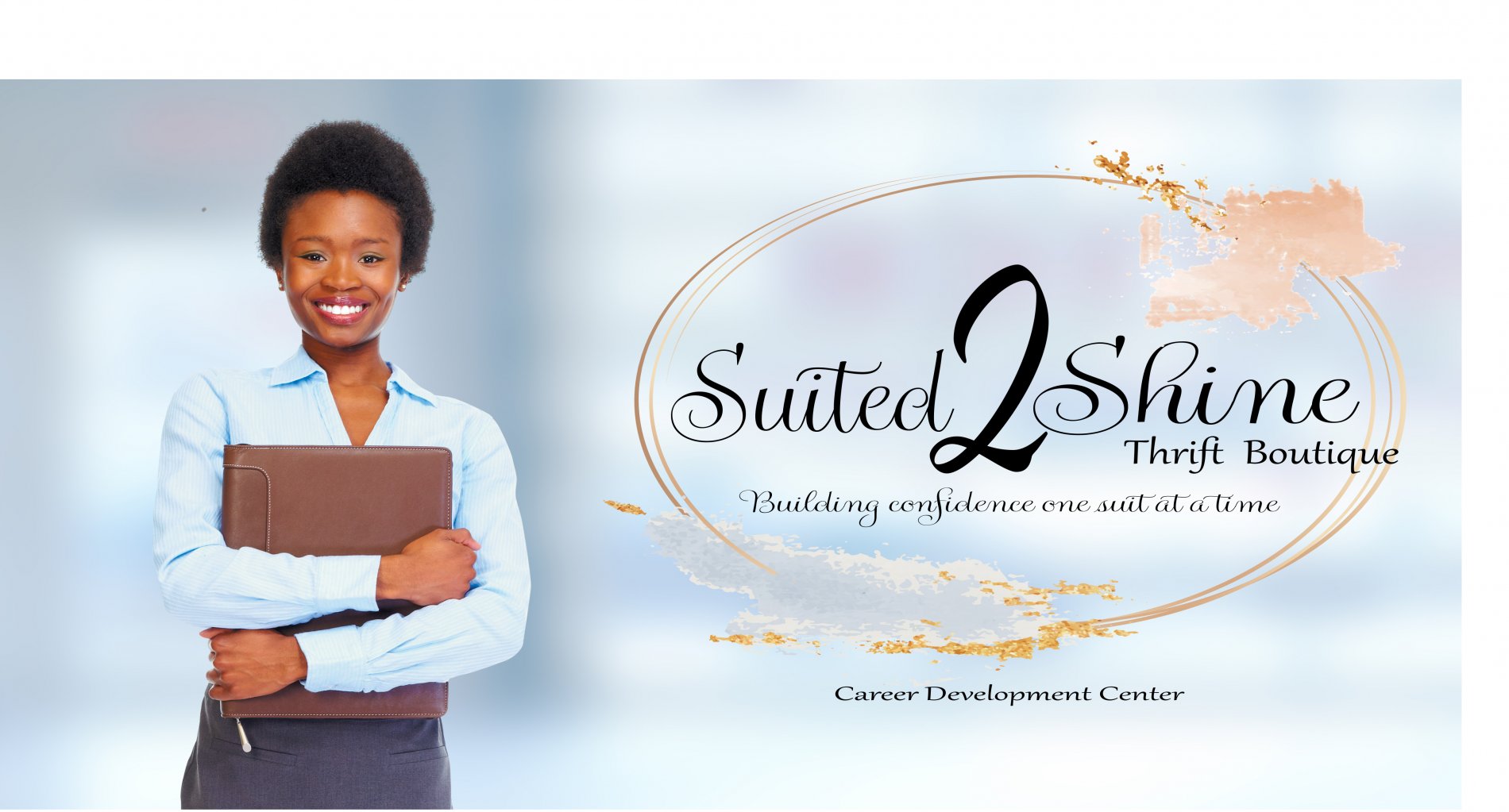Resume and Cover Letter tips
1. Only create your resume in Microsoft Word without a template. With a template your resume gets skewed and opens with information all over the place making it look messy and hard to read. Have someone proofread it and provide constructive criticism. Save as a word document so you can easily change it. When sending it to companies, convert the "targeted" version for that job to a .pdf. This ensures the resume won't shift and cannot be altered.
2. Delete the objective. No one uses or needs an objective any more. It dates your resume and pigeon holes you to certain jobs. By leaving it off, you allow the recruiter or hiring manager to look at your resume objectively and determine if you are a fit for the company. Case in point: you may apply to a certain job but they consider you for something else as you may have qualifications they are looking for elsewhere.
3. Move Education to the bottom of the page. It is not held in hire a value as experience so it does not need to be at the top of the page.
4. Start the page with a summary of qualifications. Add things like special skills pertinent to the job you are applying for. This should change with each application as you need to constantly target your resume to the job you are applying for. If you add Microsoft Office, please state which programs as I am sure there are several you have not used (Microsoft Dynamics, Access, Publisher, etc…) and can be misleading to the employer if they have that expectation.
5. Add more content to the jobs you have done. We don’t need a job description, rather; we need to see what you accomplished in each career and the values you brought to the company.
REMEMBER:
The salary you are trying to earn needs to be conducive to the value you bring to the organization. If your skills, discipline, and work ethic aren't worth the money you need to earn, you will find yourself with a job paying less.


